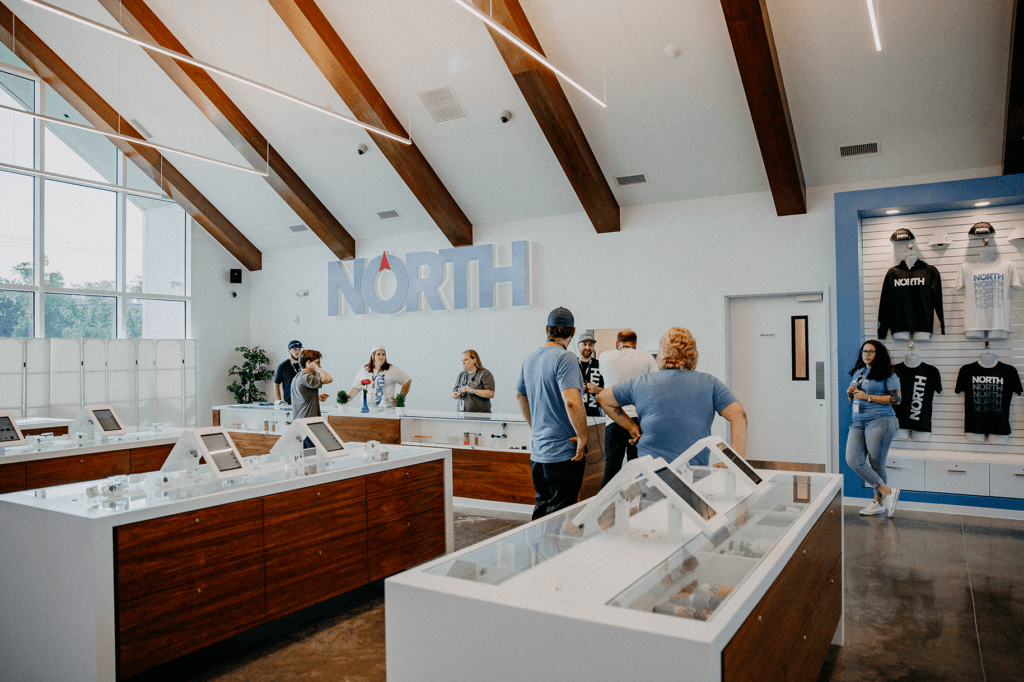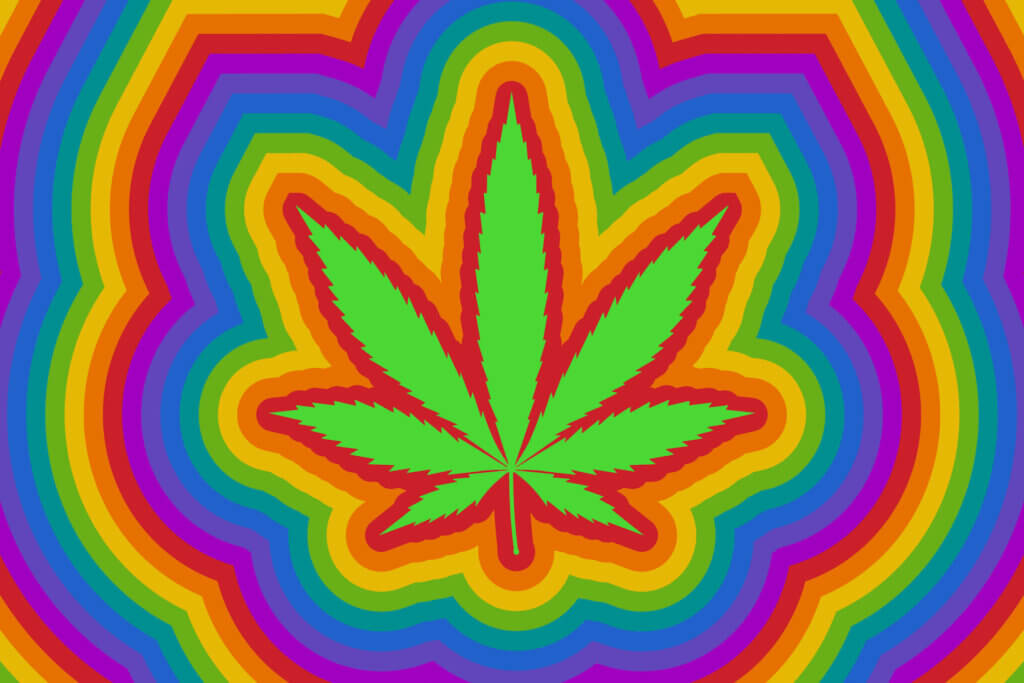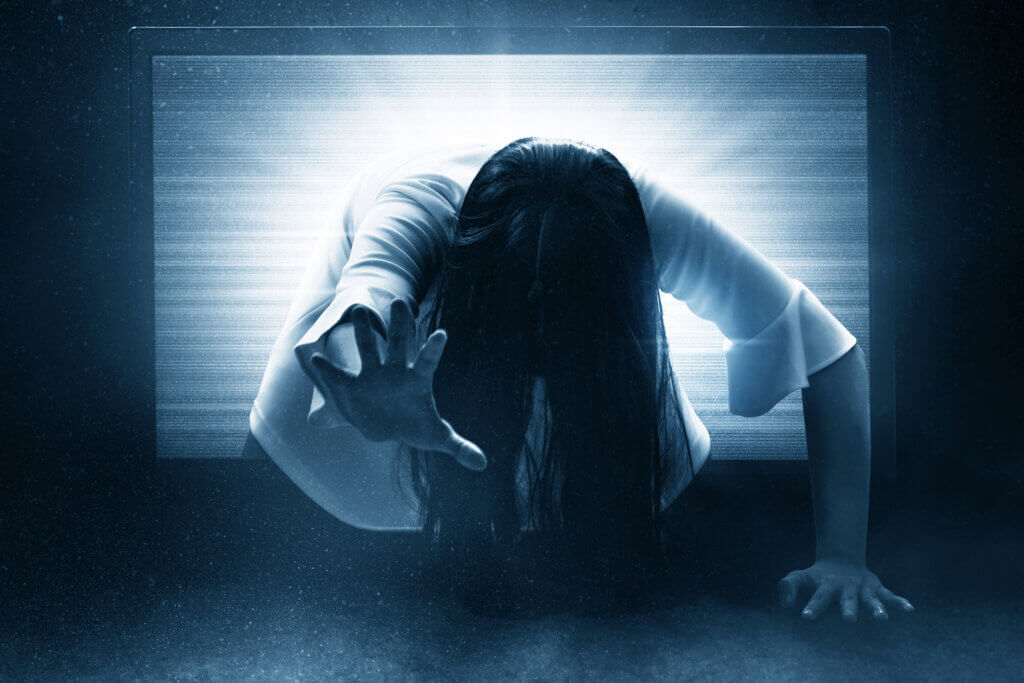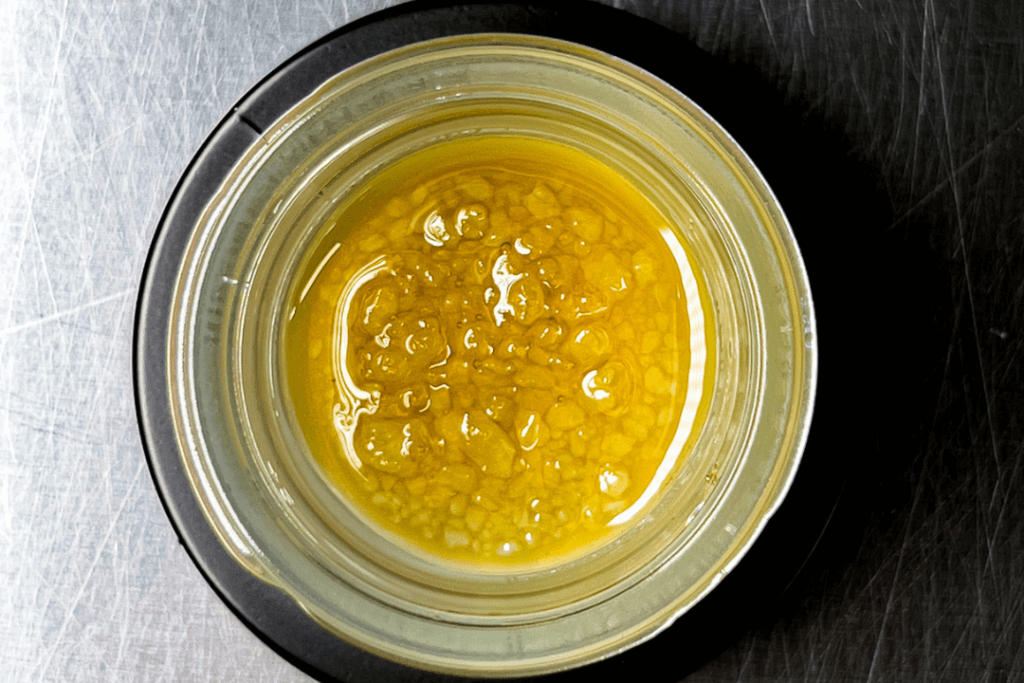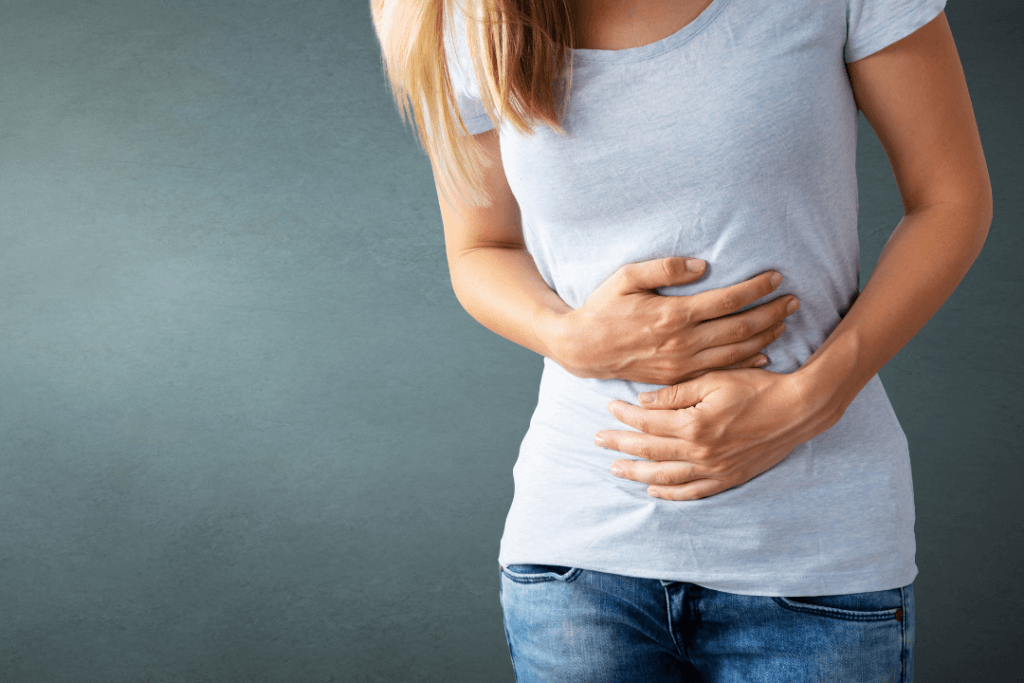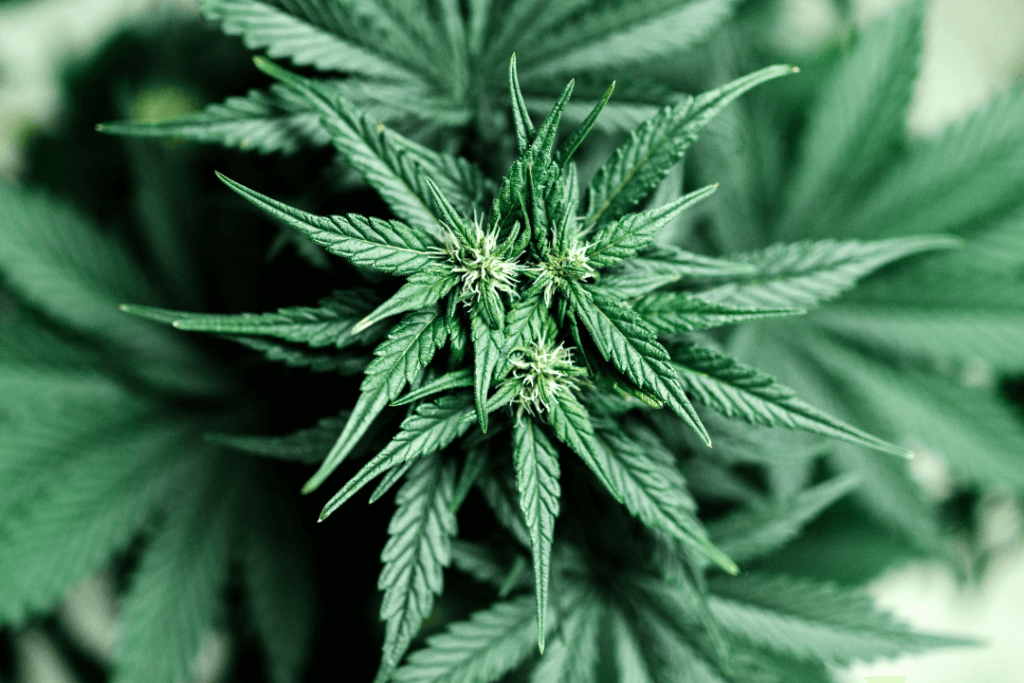If you’re someone who suffers from migraines, you know that they can produce intense and debilitating symptoms. They typically start with visual auras, like halos and flashes of light in your vision. This transitions into a throbbing or pulsating headache that’s often accompanied by nausea and vomiting. Migraines can also make you extremely sensitive to light and sound and last anywhere from a few hours to days. Migraines are so common and debilitating that they’re the second leading cause of disability in those younger than 50 years. While multiple prescriptions are available for migraine suffers, they don’t always work. This inconsistency in effectiveness has people searching for other, more natural alternatives, like cannabis. Keep reading to learn how cannabis may be able to treat your migraine symptoms.
How Does Cannabis Work?
According to a review of 34 articles about cannabis use and migraines by the National Institute of Health, the active ingredients in cannabis that modulate patients’ perceptions of their conditions include THC, CBD, flavonoids, and terpenes. These compounds work to produce effects within the endocannabinoid system to decrease symptom frequency.
THC and CBD play significant roles in medical cannabis formulation. Scientists have deduced that both THC and CBD stimulate cannabinoid (CB) receptors throughout the human body. The current theory on how cannabinoids can affect migraine symptoms suggests that the CB system mitigates migraines through several pathways (serotonin, opiate, inflammatory, glutamine), both centrally and peripherally. Cannabinoids also have dopamine-blocking and anti-inflammatory properties.
Relevant Studies
In a 2020 cross-sectional study, Aviram et al. looked at 145 people who had medical cannabis authorization and were self-treating with cannabis. The trial showed that 61% of the group reported a 50% or more reduction in monthly migraine attacks. The survey also suggested a long-term decline in migraine occurrence and medication intake.
In 2019, Cuttler et al. focused on the effects of inhaled cannabis on reducing migraine severity and frequency. They also looked at the factors that affected the dosage used. This study found that migraines decreased by 49.6% and that more women than men reported a more favorable reduction in migraines. However, they did find that the effectiveness of inhaling cannabis to reduce migraines did diminish over time as the patients built a tolerance.
Salazar et al. conducted a cross-sectional survey to observe and make conclusions based on self-reported reasons for recreational and medical cannabis use in the southeastern United States. 35.5% of the patients that partook in the survey used it for headaches and migraines. The survey concluded that cannabis had an 86% efficacy in pain relief for those patients and that the effectiveness of the cannabis depended on combustion methods and the age and gender of the patient.
By reviewing the 34 studies, the National Institute of Health found that despite the side effects of cannabis products, patients had an overall favorable view of using cannabis because it was reported to decrease the frequency and duration of migraines. For those who used cannabis to treat their migraines, the primary method of use was smoking, followed by vaporization and dabs. The review also found that patients with headaches were more likely to choose a hybrid strain of cannabis (a mix of Indica and Sativa) than chronic pain patients. Women also tend to rank edibles, tincture (oil), and topical cannabis as first-line methods for conditions like migraines.
Overall, the current research shows beneficial long and short-term effects of medical cannabis. Some patients even experienced a prolonged improvement in their health (both physically and mentally) after long-term medical cannabis use. Patients also reported more positive than adverse effects with medical cannabis use.
Is Medical Cannabis Right for You?
It’s estimated that about 1 billion people worldwide experience migraines. If you are one of these people, medical cannabis may be the answer you’ve been looking for. For many, over-the-counter migraine and pain medication simply isn’t enough; even prescription medication can be useless. Medical cannabis can leave you feeling much better. If you’re worried about the psychoactive effects of THC, don’t be. In treating migraines, researchers found that less is more when it comes to THC. You’ll want to use a small amount of THC and combine it with CBD, which has natural pain-relieving capabilities. CBD will also counteract the psychoactive properties of THC. So, you’ll be good as gold.
Shop North Today!
Head to North Dispensaries in Hillsboro or Pevely today! Our high-quality products will help you feel your best in no time. We offer a wide variety of products for a wide variety of patient needs. We work hard to ensure you receive the best service, so all you have to do is purchase and enjoy. If you are anyone you know needs medical cannabis but have yet to obtain a medical cannabis card, follow this link, and we’ll help you take that next step to a happier and healthier life.


